Home>Garden Essentials>How To Seed Patchy Lawn
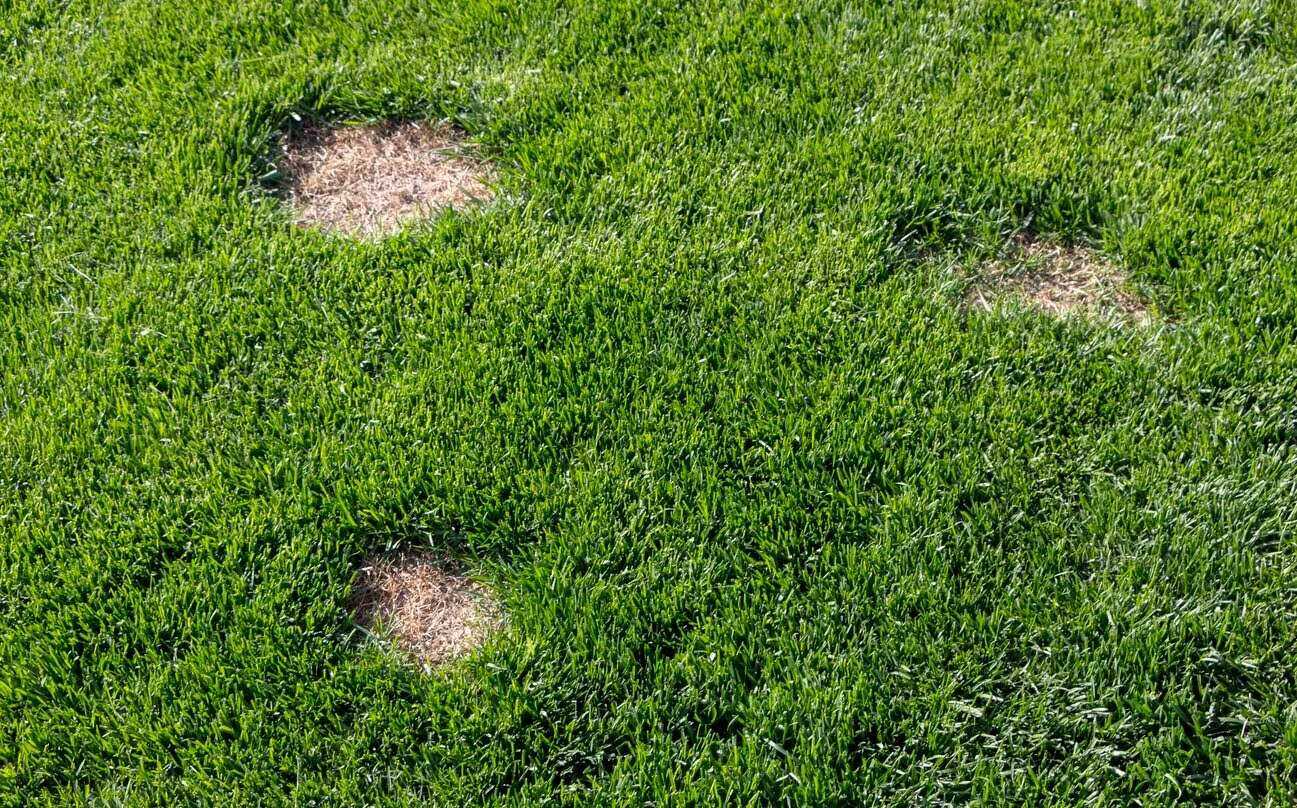

Garden Essentials
How To Seed Patchy Lawn
Modified: March 16, 2024
Achieve a lush and healthy garden by learning how to seed patchy lawn. Discover effective techniques and tips to revive your garden and create a vibrant outdoor space.
(Many of the links in this article redirect to a specific reviewed product. Your purchase of these products through affiliate links helps to generate commission for Storables.com, at no extra cost. Learn more)
Introduction
Having a lush, green lawn is a dream for many homeowners. However, patchy areas can quickly ruin the overall appearance and make it difficult to achieve that picturesque landscape. Fortunately, with the right knowledge and techniques, you can turn your patchy lawn into a healthy and vibrant carpet of green.
Understanding the reasons behind patchy lawns is crucial for finding the best solutions. Whether it’s due to poor soil quality, improper lawn care practices, or weed infestation, each problem requires a specific approach to ensure successful rejuvenation. In this article, we will delve into the process of seeding a patchy lawn, from assessing the soil to selecting the right grass seed and implementing effective techniques.
By following these steps, you’ll be well on your way to achieving the beautiful, evenly green lawn you’ve always desired. So, let’s dive in and learn how to transform your patchy lawn into a source of pride and admiration.
Key Takeaways:
- Don’t let patchy areas ruin your dream lawn! Assess soil, choose the right grass seed, and use proper techniques to transform your patchy lawn into a lush, green oasis.
- Keep your lawn healthy and weed-free by watering, mowing, and fertilizing regularly. With patience and care, you can enjoy a beautiful, envy-inducing lawn that enhances your home’s beauty.
Read more: How To Seed Lawn
Understanding Patchy Lawns
Patchy lawns can be caused by a variety of factors. Understanding the root cause of the patches is essential to effectively address the issue and restore a healthy-looking lawn.
Poor soil quality is one common reason for patchy lawns. Soil with inadequate nutrients, improper pH levels, or excessive compaction can hinder the growth of grass and lead to patchiness. Additionally, heavy foot traffic can also compact the soil, further exacerbating the problem.
Inadequate or improper lawn care practices can also contribute to patchiness. Cutting the grass too short, over or under-watering, or not providing sufficient nutrients through fertilization can all negatively impact the health and growth of the lawn, resulting in patchy areas.
Weeds and invasive grasses can also cause patches in the lawn. These aggressive plants compete with the desired grass for nutrients and space, ultimately causing thinning and patchiness in the lawn. Identifying and addressing weed issues is crucial for achieving a uniformly green lawn.
By understanding the root causes of patchy lawns, you can take the necessary steps to address the specific issues and restore the health and beauty of your lawn. This involves careful assessment of the soil, selection of the right grass seed, and implementing proper lawn care techniques. In the next sections, we will explore these steps in detail, providing you with the knowledge and tools to transform your patchy lawn into a thriving oasis.
Assessing the Soil
Before you can successfully seed a patchy lawn, it’s essential to assess the condition of the soil. Soil quality plays a crucial role in the growth and health of your grass, so understanding its composition and making any necessary improvements is vital for a successful lawn restoration.
Start by evaluating the soil’s texture and drainage. Sandy soil tends to drain quickly, while clay soil retains water for longer periods. Ideally, you want a well-draining soil that allows water and nutrients to reach the roots without causing waterlogged conditions.
Next, test the soil’s pH level. The pH level indicates the soil’s acidity or alkalinity and can greatly influence plant growth. Most grasses thrive in slightly acidic to neutral soils, with a pH range of 6.0 to 7.5. Conduct a soil test using a home testing kit or send a sample to a local agricultural extension service for a comprehensive analysis.
If the soil pH is too acidic, you may need to add lime to raise the pH. Conversely, if the soil is too alkaline, sulfur can be used to lower the pH. Adjusting the soil’s pH will create optimal conditions for grass growth and help prevent patchiness.
In addition to pH, it’s crucial to assess the soil’s nutrient levels. Nutrient deficiencies can lead to weak and sparse grass growth. Conduct a soil test to determine which nutrients may be lacking and then amend the soil accordingly. You can find various soil amendments, such as organic matter or fertilizers, specifically designed to replenish nutrient levels.
Lastly, examine the soil for compaction issues, particularly in high-traffic areas. Compacted soil restricts root growth and inhibits water and nutrient absorption, resulting in patchy areas. Aerating the soil by removing small plugs or using a mechanical aerator can help alleviate compaction and promote healthier grass growth.
By assessing the soil’s texture, drainage, pH level, nutrient content, and addressing any compaction issues, you can create an optimal environment for sowing grass seed. This will ensure that the seeds have the best chance of germinating, establishing strong root systems, and ultimately forming a lush, green lawn.
Selecting the Right Grass Seed
Choosing the right grass seed is crucial for a successful lawn renovation. There are various factors to consider, including climate, soil conditions, and the intended use of the lawn. By understanding these factors and selecting the appropriate grass seed, you can ensure optimal growth and minimize the chances of patchiness.
Start by considering the climate in your region. Cool-season grasses, such as Kentucky bluegrass, perennial ryegrass, and fine fescue, thrive in regions with cold winters and moderate summers. Warm-season grasses, such as Bermuda grass, zoysia grass, and St. Augustine grass, are better suited to areas with hot summers and mild winters.
Next, evaluate the soil conditions, taking into account factors such as pH level, soil texture, and drainage. Some grasses are more tolerant of low pH levels or prefer sandy soils, while others thrive in more alkaline or clay-based soils. Consider your soil’s characteristics and select a grass seed that is well-suited to those conditions.
Consider the intended use of the lawn. Is it a high-traffic area where children and pets will frequently play? Or is it a less frequently used space primarily for aesthetic purposes? Each grass variety has different durability and tolerance to wear and tear. Choose a grass seed that can withstand the level of foot traffic and usage the lawn will experience.
There are also different seed mixtures available, each with specific traits and advantages. For example, some mixtures may contain a combination of grass types to provide a better balance of durability and appearance. Consider whether a specific seed mixture aligns with your desired lawn characteristics.
Quality is another important factor to consider when selecting grass seed. Look for reputable brands and check for certification labels indicating high purity and germination rates. Investing in quality seed will increase the chances of successful germination and establishment.
Lastly, don’t forget to consider your personal preferences and aesthetic goals. Some grass varieties have a darker green color, while others have a finer texture or thicker blades. Take into account what appeals to you visually and choose a grass seed that aligns with your preferences.
By considering factors such as climate, soil conditions, intended use, seed mixtures, quality, and personal preferences, you can select the right grass seed for your patchy lawn. This will set the foundation for successful seeding and create the desired healthy and lush lawn you envision.
Preparing the Lawn for Seeding
Properly preparing the lawn before seeding is crucial for ensuring optimal seed-to-soil contact and promoting successful germination. By following these steps, you can create an ideal environment for the grass seed to establish and minimize the chances of patchiness.
Start by removing any debris, such as rocks, sticks, and dead grass, from the lawn. Rake the area thoroughly to create a smooth and level surface. This will prevent uneven seed distribution and ensure uniform growth.
If the existing grass is still present but sparse, consider mowing it down to a height of around 2 inches. This will allow the new grass seed to make good contact with the soil. However, if the existing grass is healthy, avoid mowing it too short as it can stress the plants and inhibit growth.
Next, consider aerating the lawn if there are areas of compacted soil. Aeration involves creating small holes in the soil to allow for better water and nutrient penetration. You can use a manual or mechanical aerator to achieve this, ensuring the holes are about 2-3 inches apart and around 2-3 inches deep.
To further enhance seed-to-soil contact, consider loosening the surface of the soil using a garden rake or a specialized tool like a dethatching rake. This will break up any compacted areas and create a loose seedbed for the grass seed to settle into.
It’s also essential to address any soil nutrient deficiencies identified during the soil assessment. If the soil lacks essential nutrients, consider applying a starter fertilizer before seeding. This will provide the necessary nutrients for the newly germinated grass to establish a strong root system and encourage healthy growth.
Before seeding, ensure that the soil is evenly moist but not waterlogged. Lightly water the area for a day or two before seeding to ensure optimal moisture levels. This will help the grass seed make good contact with the soil and promote germination.
Lastly, consider using a seed spreader to evenly distribute the grass seed across the lawn. Follow the manufacturer’s instructions for proper seed application rates. Avoid over-seeding as it can lead to overcrowding and patchiness. After seeding, lightly rake or gently press the seeds into the soil to improve soil contact.
By taking the time to properly prepare your lawn before seeding, you are setting the stage for successful grass germination and growth. This will help minimize patchiness and encourage a healthy and lush lawn.
Before seeding a patchy lawn, make sure to loosen the soil with a rake and remove any debris. Choose a high-quality grass seed that matches your existing lawn. Spread the seed evenly and lightly cover with a thin layer of soil. Water regularly to keep the soil moist for optimal germination.
Read more: How To Plant Lawn Seed
Seeding Techniques
When it comes to seeding a patchy lawn, using the right techniques is essential for ensuring even distribution of grass seed and promoting successful germination. By following these seeding techniques, you can increase the chances of achieving a lush and vibrant lawn without patchy areas.
Start by making sure you have the correct amount of grass seed for your specific lawn. Follow the recommended seeding rates provided by the seed manufacturer. It’s important not to over-seed, as this can lead to overcrowding and competition for resources.
Consider using a seed spreader to evenly distribute the grass seed across the lawn. Seed spreaders help ensure consistent coverage and prevent clumping. Adjust the spreader settings according to the seed type and seeding rates specified on the seed bag.
It’s recommended to perform two passes when spreading the seed – one horizontally and one vertically. This crossing pattern helps ensure uniform distribution and minimizes the chances of missing any areas.
If you have small patches or bare spots, you can also hand-seed those areas to ensure adequate coverage. Use a handheld spreader or simply scatter the seeds evenly by hand. Take care to avoid uneven clumping or over-seeding in specific areas.
After spreading the grass seed, lightly rake the area to incorporate the seeds into the top layer of soil. Raking helps improve seed-to-soil contact and ensures good germination. Alternatively, you can use a seed roller or gently press the seeds into the soil with the back of a garden rake.
Consider covering the newly seeded areas with a thin layer of straw or peat moss. This mulch layer helps retain moisture and protect the seeds from birds and wind. However, ensure that the mulch layer is not too thick, as it can hinder seed germination.
Water the newly seeded areas immediately after seeding and continue to water regularly to keep the soil consistently moist. Using a sprinkler or irrigation system can help ensure even watering. Avoid over-watering, as it can lead to poor root development and disease issues.
Monitor the newly seeded areas closely for signs of germination. Typically, grass seed will start to germinate within 7-21 days, depending on the grass variety and environmental conditions. Be patient and continue to provide proper watering and care.
Avoid walking or mowing over the newly seeded areas until the grass has established a strong root system. This usually takes several weeks to a couple of months, depending on the grass type. Keep foot traffic to a minimum to prevent damage to the emerging seedlings.
By following these seeding techniques, you can ensure even distribution of grass seed and create the optimal conditions for successful germination. With proper care and maintenance, you’ll be on your way to a beautiful and vibrant lawn with no patchy areas.
Watering and Care
Proper watering and care are essential for the successful establishment and growth of newly seeded areas in your lawn. Adequate watering and consistent maintenance practices will help promote healthy germination and minimize the risk of patchiness.
After seeding, it is crucial to keep the soil consistently moist to ensure optimal germination. Water the newly seeded areas lightly and frequently, ideally two to three times a day for short durations. The goal is to keep the surface moist without saturating the soil. Avoid excessive water that leads to pooling or runoff.
As the grass seed begins to germinate and establish, gradually reduce the frequency but increase the duration of watering. This will encourage the roots to grow deeper into the soil. Aim for a deep watering session once or twice a week, providing enough water to penetrate the root zone, usually around 6 inches deep.
Pay attention to weather conditions and adjust your watering schedule accordingly. During periods of hot and dry weather, you may need to water more frequently to prevent the soil from drying out. Conversely, during cooler and wetter periods, you can reduce the frequency of watering to avoid over-saturation.
When watering, use a sprinkler system or a hose with a sprinkler attachment to ensure even water distribution. Avoid using a strong stream of water that can dislodge the seeds or create uneven watering patterns. Consider using a timer to automate the watering process and ensure consistent and adequate moisture levels.
As the grass seedlings emerge and begin to grow, gradually reduce the amount of water applied but increase the duration of each watering session. This promotes deep root growth and helps the grass become more resilient to drought conditions.
In addition to watering, proper care is essential for nurturing the newly seeded areas. Avoid mowing the grass until it reaches a height of about 3 to 4 inches. This allows the roots to establish and develop a stronger foundation.
When it’s time to mow, ensure that the mower blades are sharp and set to a height of around 2 to 3 inches. Removing more than one-third of the grass height at a time can stress the plants and lead to patchiness. Regular mowing will help promote thick and healthy grass growth.
Keep foot traffic to a minimum on newly seeded areas to prevent damage to the young seedlings. If necessary, place markers or barriers to remind people to avoid walking on the newly seeded areas until the grass has fully established.
Monitor the lawn regularly for any signs of weed growth. Early intervention is critical to prevent weeds from competing with the grass for nutrients and space. Consider using an appropriate herbicide or manually remove weeds as soon as they are spotted.
Remember to continue providing proper nutrition for the lawn by following a regular fertilization schedule. Consult with a local garden center or professional to determine the best fertilizer and schedule for your specific grass type.
By following proper watering and care practices, you can create an ideal environment for the newly seeded areas to flourish and grow into a beautiful and uniform lawn without patchy areas. Consistency and attentiveness are key to achieving long-term success.
Dealing with Weed Issues
Weeds can quickly become a nuisance in a patchy lawn, competing with the grass for nutrients, water, and sunlight. Effectively addressing and managing weed issues is crucial for achieving a healthy and vibrant lawn without unsightly patches. Here are some strategies to help you deal with weeds:
Identify the weeds: Begin by identifying the types of weeds present in your lawn. Different weeds require different control methods, so it’s important to know what you’re dealing with. Common lawn weeds include dandelions, crabgrass, clover, and broadleaf weeds.
Hand pulling: For small infestations or individual weeds, hand pulling is an effective and environmentally friendly method. Make sure to remove the entire weed, including the roots, to prevent regrowth. This is easier to do when the soil is moist, as it helps loosen the roots.
Mowing: Regular mowing can help prevent weed seeds from germinating and spreading. Set your mower to the appropriate height for your grass type and avoid cutting the grass too short, as this can weaken the grass and give weeds an opportunity to thrive.
Chemical herbicides: When dealing with larger infestations or persistent weeds, herbicides can be a useful tool. Select a herbicide that targets the specific weeds you are dealing with and follow the manufacturer’s instructions carefully. Be cautious, as herbicides can also harm desirable plants, so apply them with care.
Pre-emergent herbicides: Pre-emergent herbicides are applied before weed seeds germinate, creating a barrier that prevents them from emerging. This method is particularly effective against annual weeds like crabgrass. Apply pre-emergent herbicides according to the recommended timing for your region and grass type.
Post-emergent herbicides: Post-emergent herbicides are used to control weeds that have already appeared in the lawn. They can be selective, targeting specific types of weeds, or non-selective, killing all vegetation. Use selective herbicides to minimize damage to your grass while effectively controlling the targeted weeds.
Maintain a healthy lawn: A healthy and dense lawn is the best defense against weeds. Ensure your lawn receives proper water, fertilization, and regular mowing. By promoting healthy grass growth, you create an environment where weeds have a harder time establishing themselves.
Overseeding: Over time, patchy areas of the lawn can provide an opportunity for weeds to take hold. To prevent this, consider overseeding to promote thick and uniform grass growth. The dense grass will crowd out weeds, minimizing their ability to establish and thrive.
Regular maintenance: Regularly inspect your lawn for any signs of weed infestation. Addressing weed issues early on can prevent them from spreading and becoming more difficult to control. Be diligent in pulling or treating weeds as soon as you notice them.
Remember, weed control is an ongoing process. It may take time and patience to fully eliminate weeds from your lawn. Implementing a combination of physical removal, appropriate herbicides, and good lawn care practices will help you maintain a healthier, weed-free lawn.
Tips for Maintaining a Healthy Lawn
Maintaining a healthy lawn is essential for preventing patchiness and keeping your grass vibrant and lush throughout the year. By following these tips, you can establish a routine maintenance plan that promotes the overall health and beauty of your lawn.
Regular mowing: Set your mower blades to the appropriate height for your grass type and aim to mow regularly. Depending on the grass variety, a general rule of thumb is to keep the grass height between 2.5 to 3.5 inches. Regular mowing helps prevent weed growth, promotes thicker grass, and maintains an even lawn appearance.
Proper watering: Water deeply and infrequently, rather than frequent shallow watering. This encourages the roots to grow deeper into the soil, making the grass more resilient to drought conditions. Water early in the morning to minimize evaporation and avoid watering in the evening, as it can promote disease development.
Fertilization: Feed your lawn with appropriate fertilizers to provide the necessary nutrients for healthy growth. Follow a regular fertilization schedule recommended for your specific grass type. Be careful not to over-fertilize, as this can lead to excessive growth and potential grass burning.
Weed control: Monitor your lawn for weed growth and address weed issues promptly. Hand pulling, mowing at the appropriate height, and using herbicides are effective methods for controlling weeds. Regular maintenance and a thick, healthy lawn will also prevent weeds from taking hold.
Aeration: Consider aerating your lawn annually, especially if it experiences heavy foot traffic or compaction. Aeration helps improve soil drainage, promotes root growth, and allows for better absorption of water and nutrients. This can prevent patchiness and encourage overall lawn health.
Overseeding: Over time, grass can become thin and patchy. Overseeding helps fill in bare spots and promotes a denser lawn. Choose a grass seed that matches your existing lawn or consider upgrading to a more resilient variety. Follow proper seeding techniques and provide adequate watering and care for successful germination.
Pest control: Be vigilant for signs of pest infestation, such as lawn-damaging insects or disease symptoms. Consult with a professional or your local extension service to identify and treat pests appropriately. Regular lawn maintenance, proper watering, and good soil health can help prevent pest issues.
Proper lawn care equipment: Use sharp mower blades to ensure clean cuts and minimize stress on the grass. Regularly maintain and clean your equipment to prevent the spread of diseases or weed seeds. Invest in good-quality tools that are suitable for your lawn’s specific needs.
Remove thatch and debris: Thatch, a buildup of dead grass and debris, can prevent water and nutrients from reaching the soil. Regularly dethatch the lawn using a rake or a specialized thatch rake to remove excessive thatch buildup. This promotes healthy grass growth and prevents patchiness.
Seasonal care: Adjust your lawn care routine based on seasonal changes. Adapt your watering schedule, fertilization practices, and mowing height to suit the specific needs of your grass during different times of the year. Consider incorporating seasonal lawn treatments such as weed control or lawn winterization as needed.
By following these tips and implementing a consistent lawn maintenance routine, you can achieve and maintain a healthy and beautiful lawn. Regular care, proper watering and fertilization, weed control, and addressing issues promptly will help prevent patchiness and create an outdoor space that you can enjoy for years to come.
Read more: How To Seed A Lawn In Fall
Conclusion
Transforming a patchy lawn into a healthy, vibrant, and uniform landscape is achievable with the right knowledge and practices. By understanding the reasons behind patchiness, assessing the soil, selecting the right grass seed, and implementing proper seeding techniques, you can lay the foundation for a successful lawn renovation.
Watering and care are vital for establishing and maintaining the newly seeded areas. Consistent watering, as well as regular mowing and fertilization, will promote healthy growth and minimize the chances of patchiness. Additionally, effectively dealing with weed issues through identification, removal, and proper lawn maintenance will help prevent weeds from competing with the grass and creating patchy areas.
Maintaining a healthy lawn requires ongoing dedication and attention to detail. Regular mowing, proper watering, fertilization, aeration, and seasonal care will all contribute to the overall health and appearance of your lawn. By following these tips, you can create an outdoor space that is not only aesthetically pleasing but also a source of pride and joy.
Remember, maintaining a healthy lawn is a continuous process. Regular maintenance, proactive care, and prompt attention to any issues that arise will set the stage for a beautiful lawn that is free from patchiness. With patience, diligence, and a little bit of effort, you can enjoy a lush, green, and envy-inducing lawn that enhances the beauty of your home and brings you closer to nature.
Frequently Asked Questions about How To Seed Patchy Lawn
Was this page helpful?
At Storables.com, we guarantee accurate and reliable information. Our content, validated by Expert Board Contributors, is crafted following stringent Editorial Policies. We're committed to providing you with well-researched, expert-backed insights for all your informational needs.

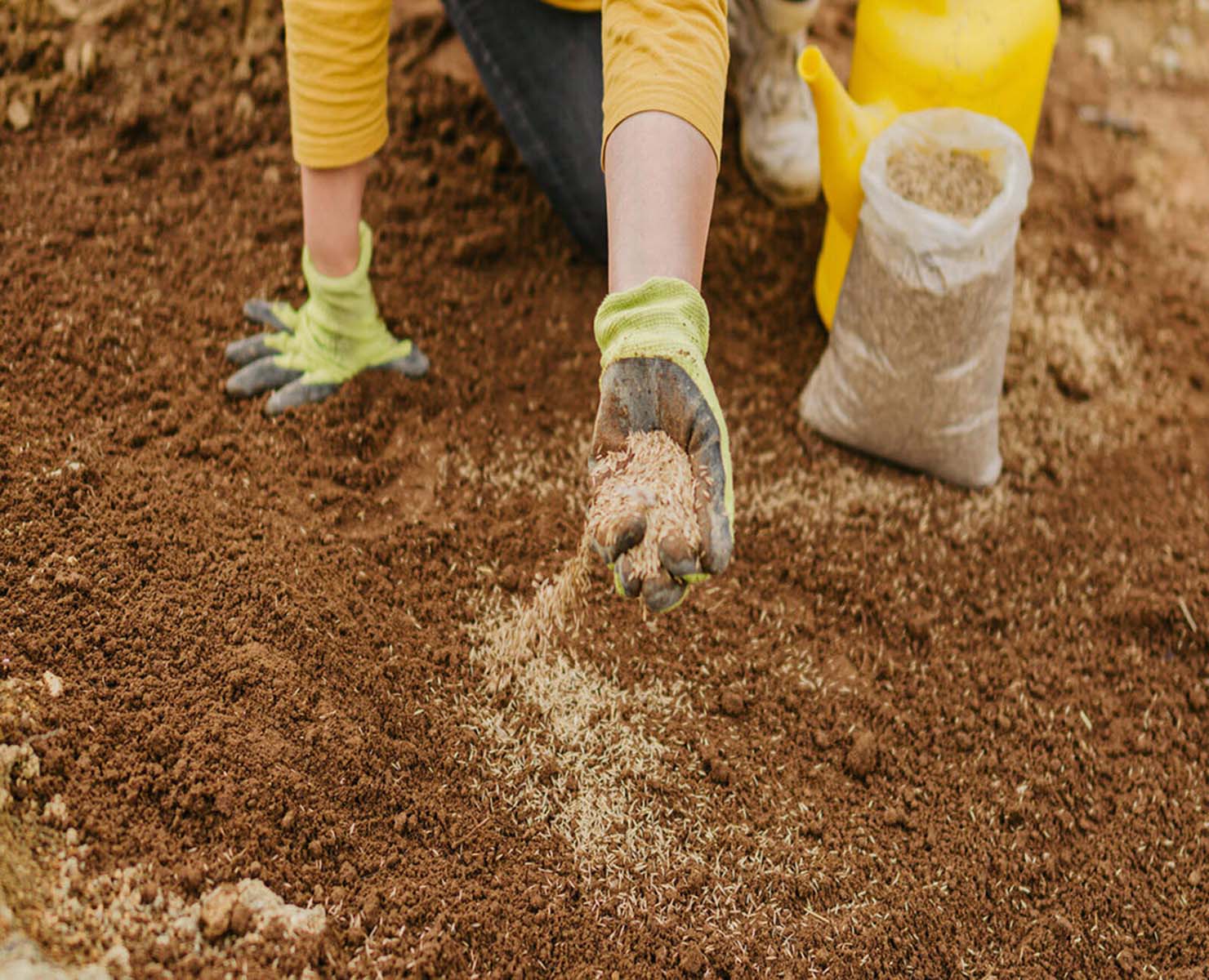
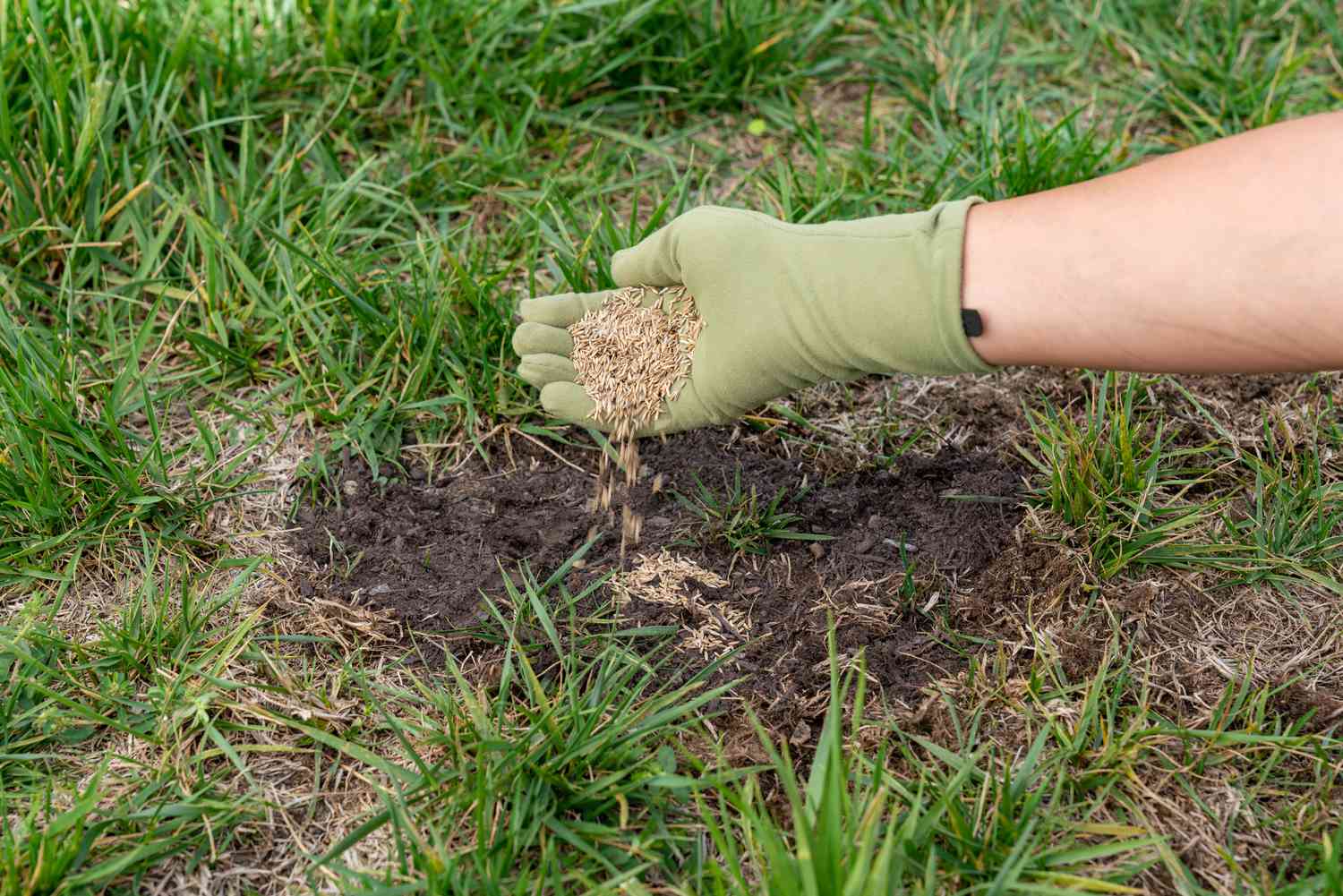
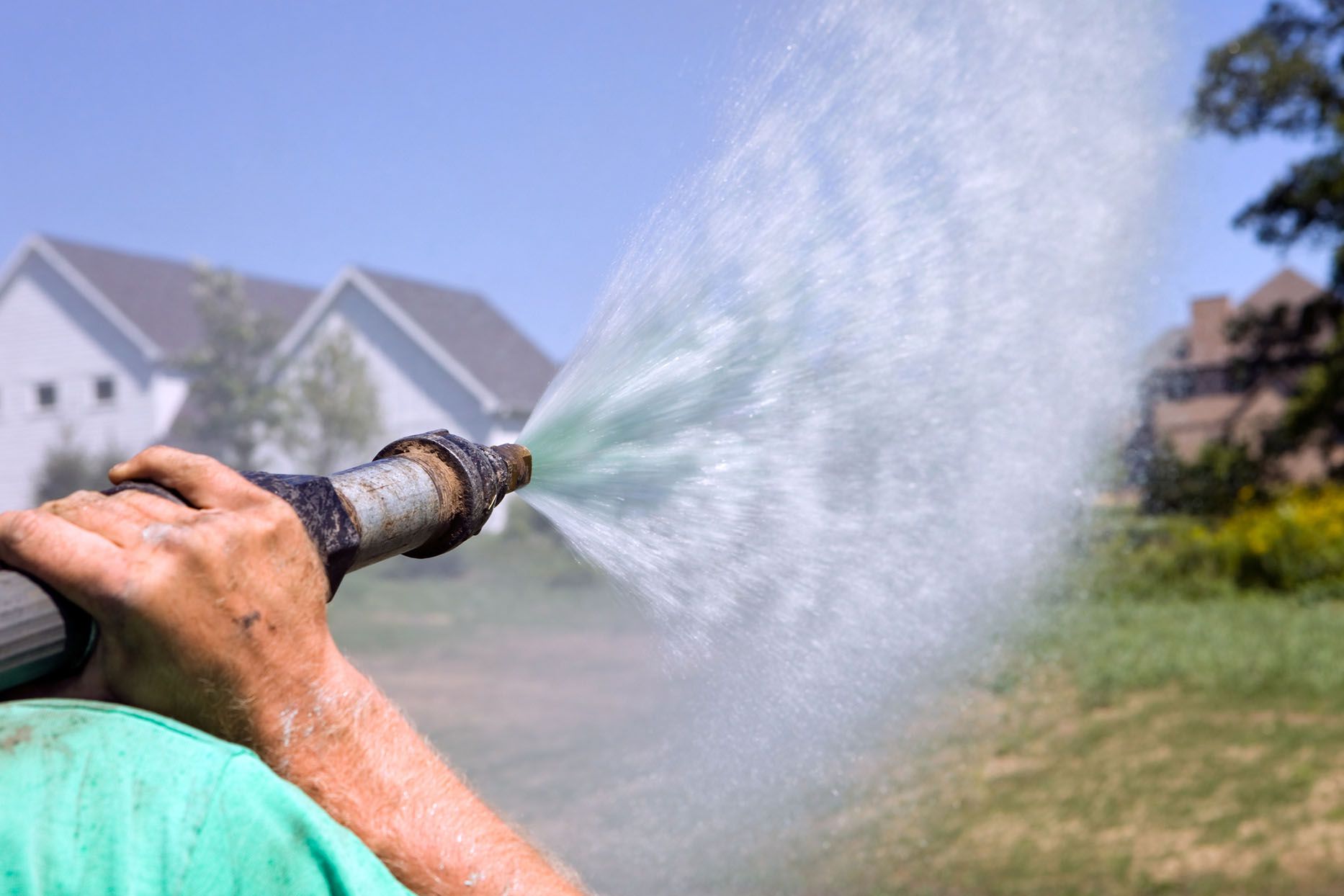
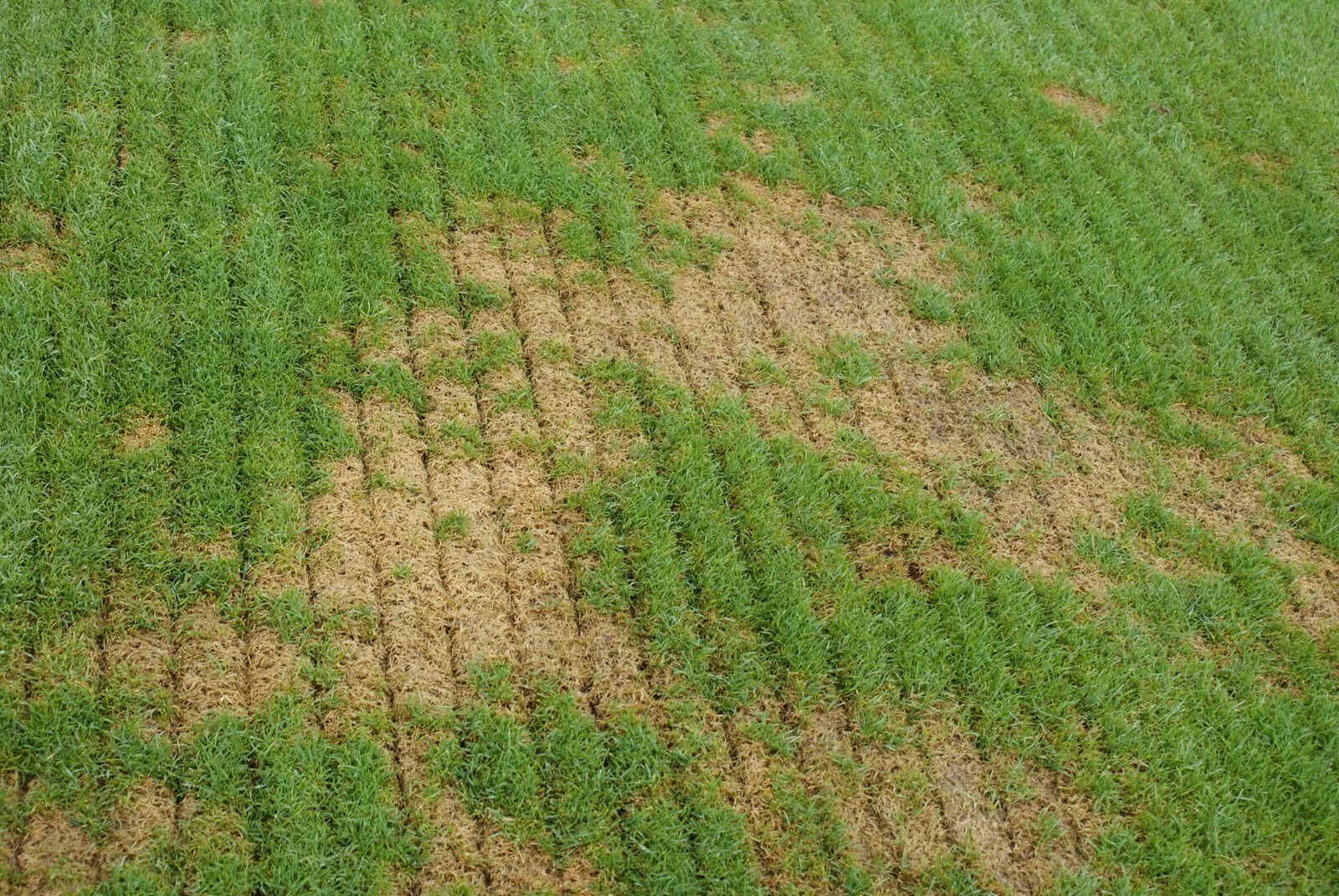
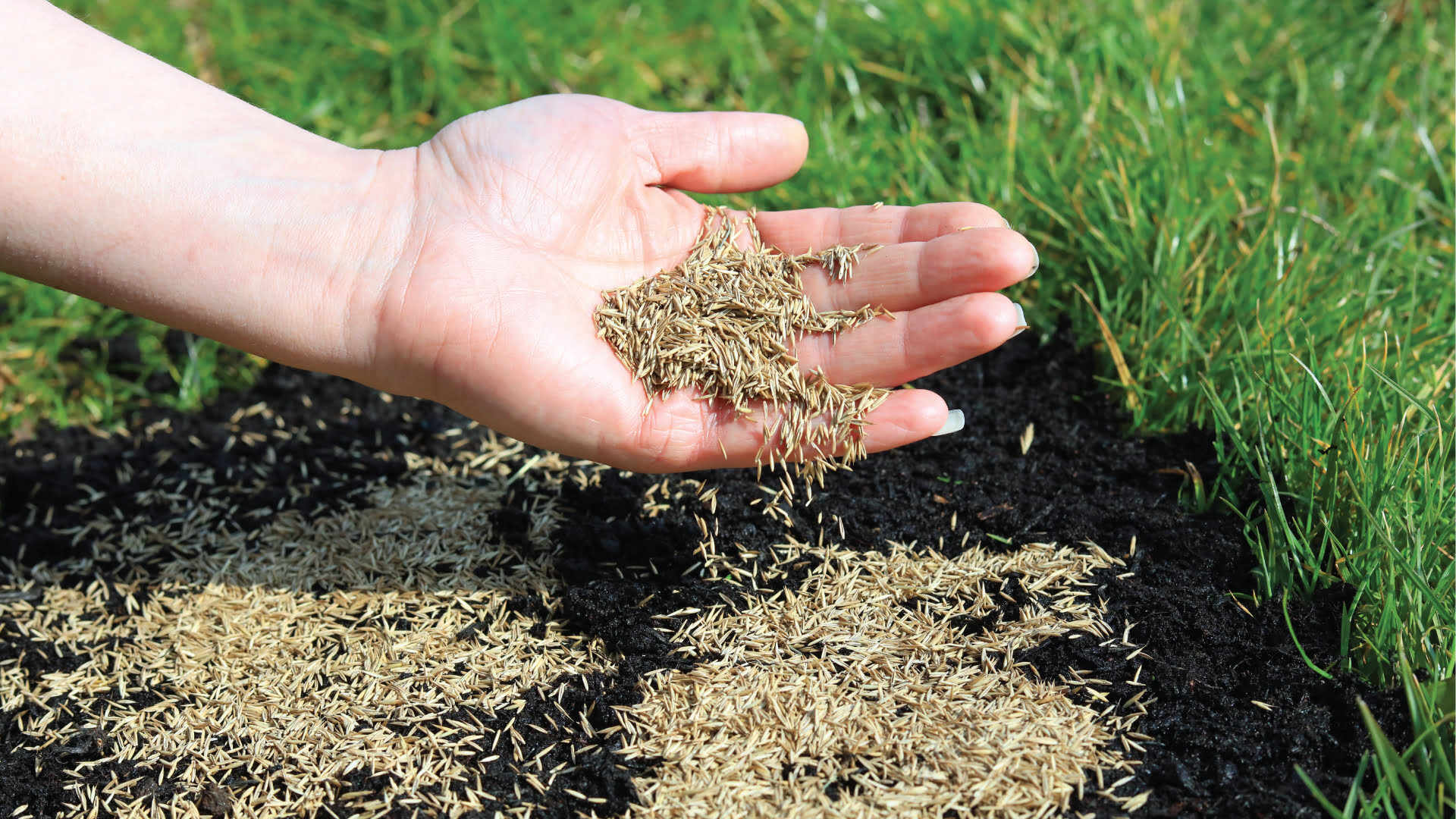
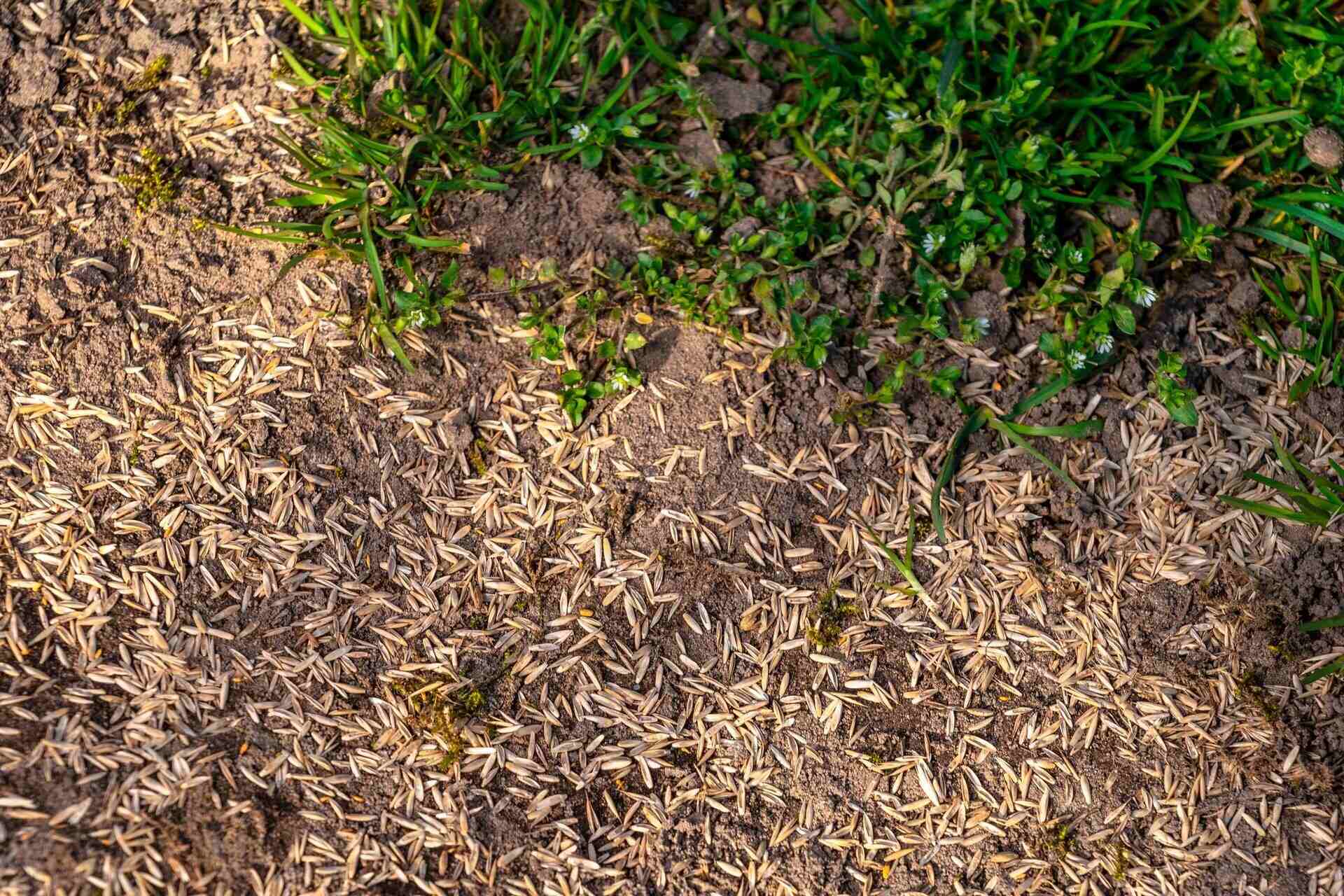
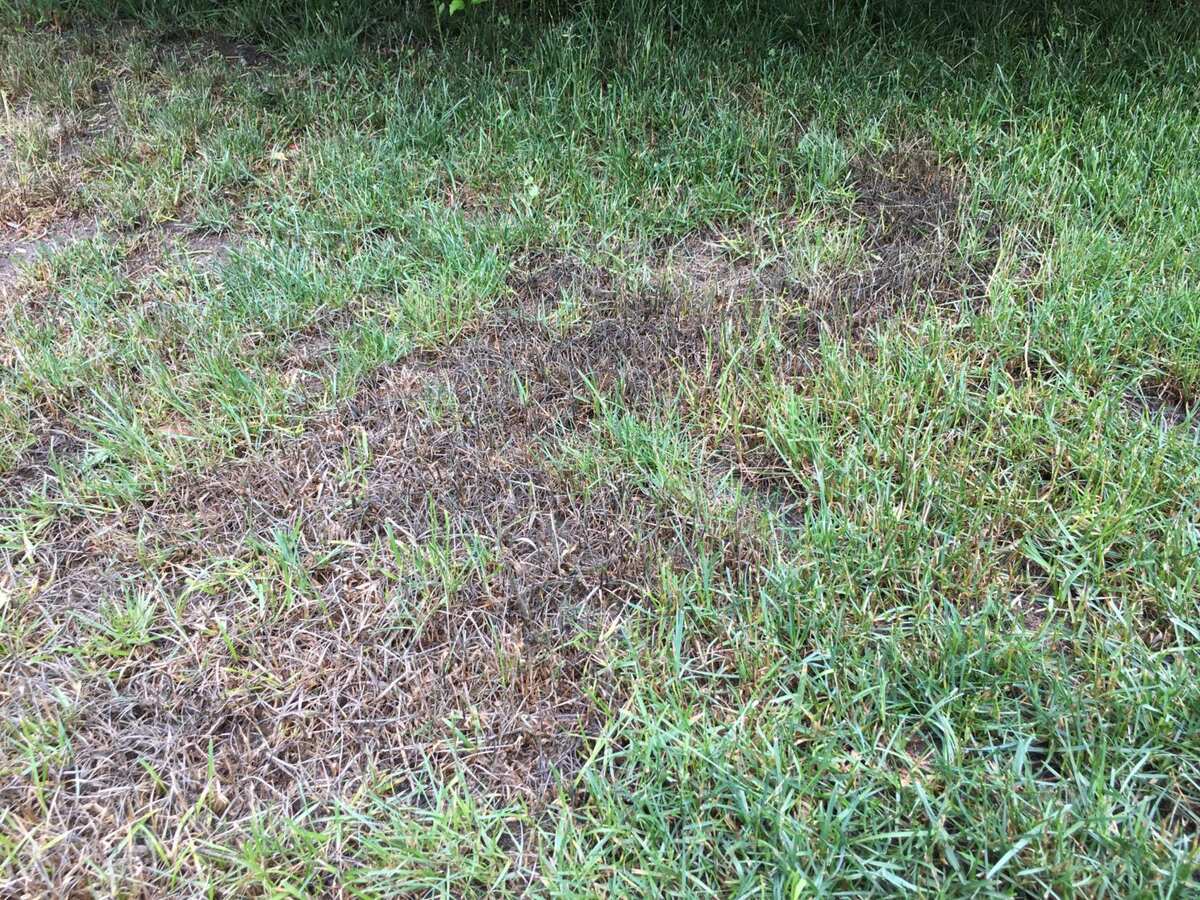
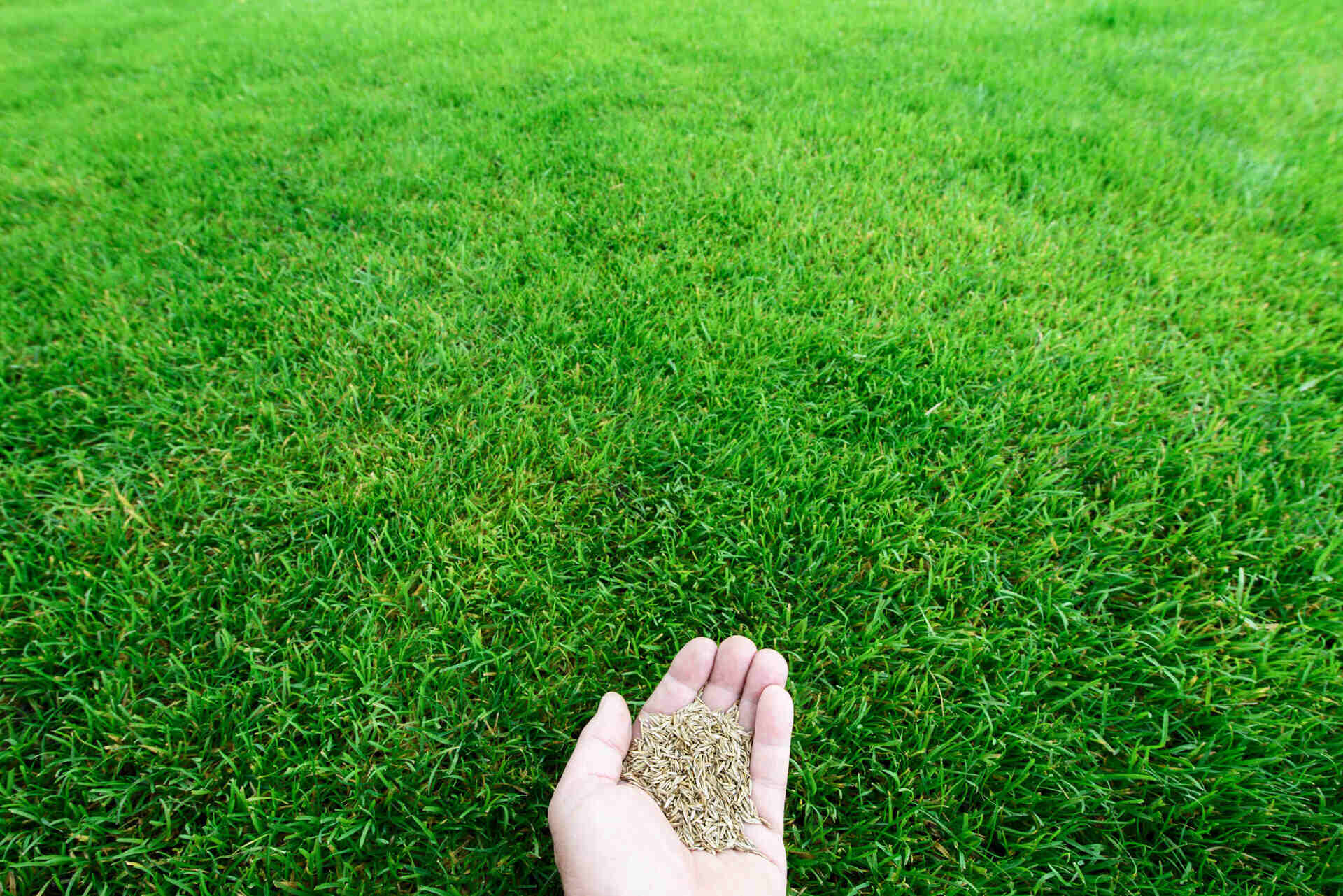
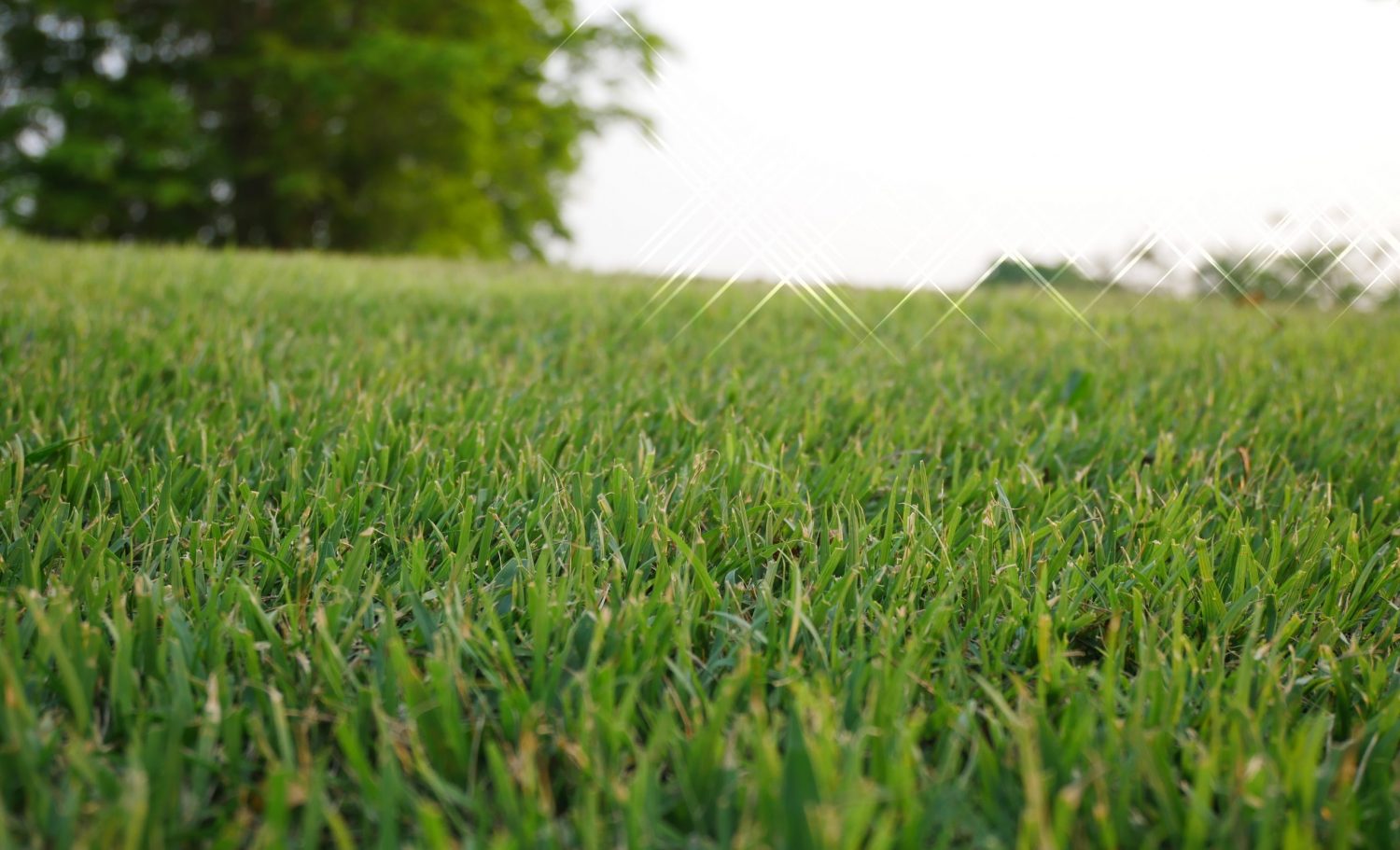

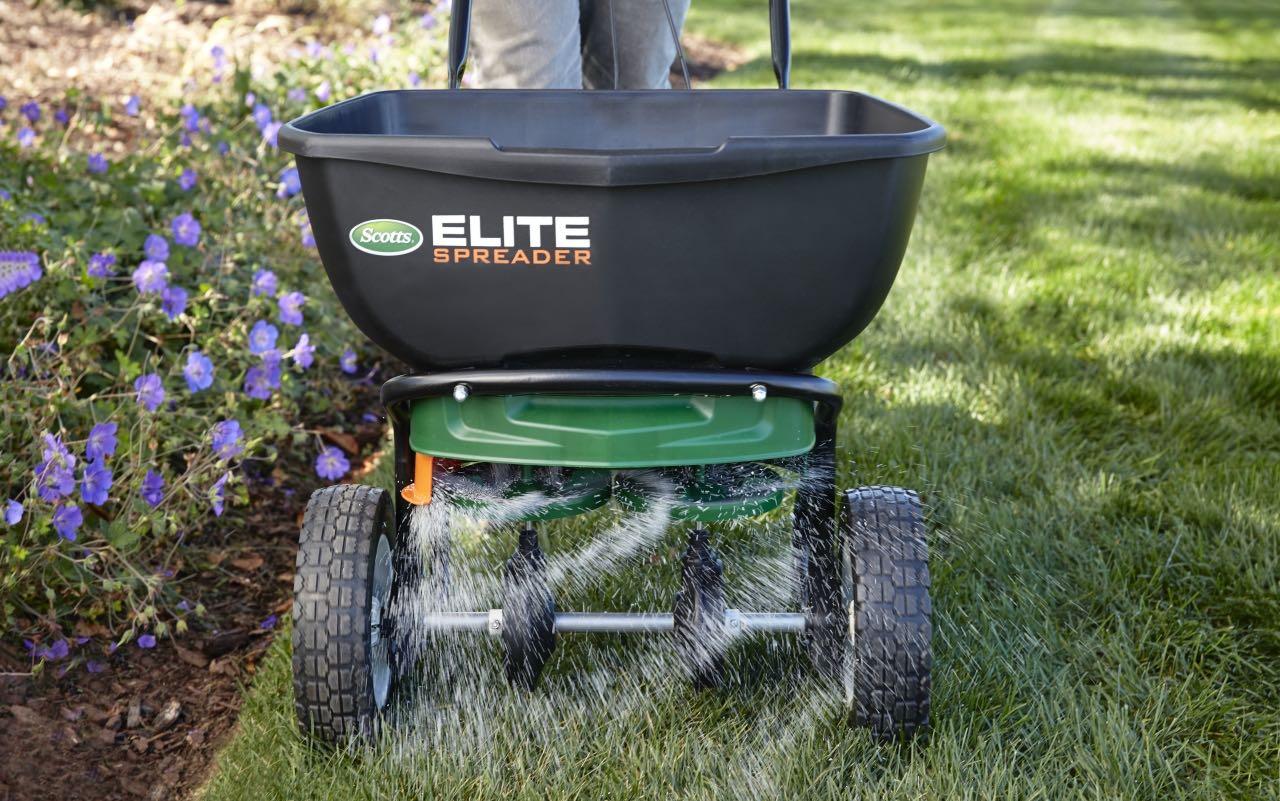
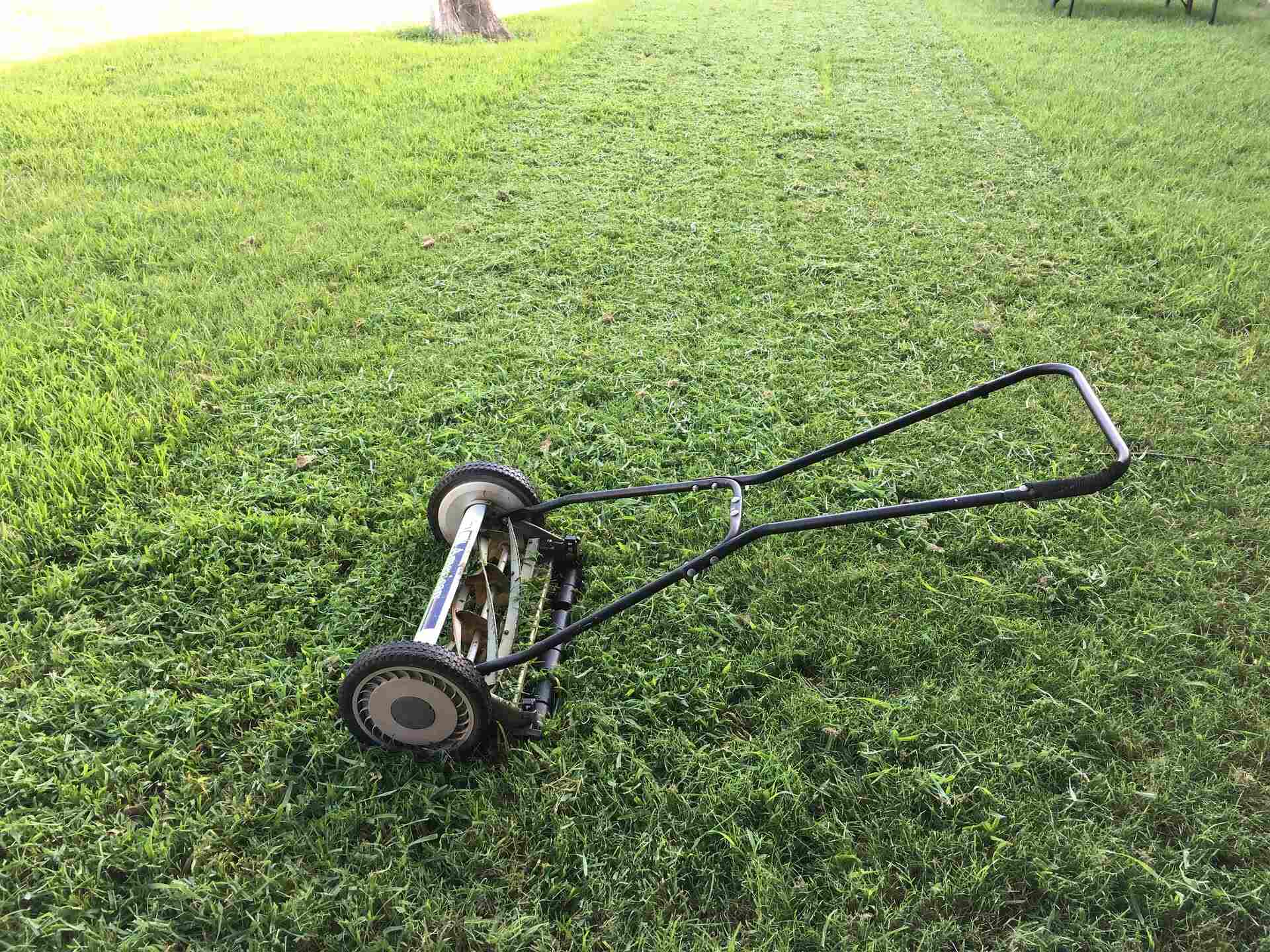

0 thoughts on “How To Seed Patchy Lawn”